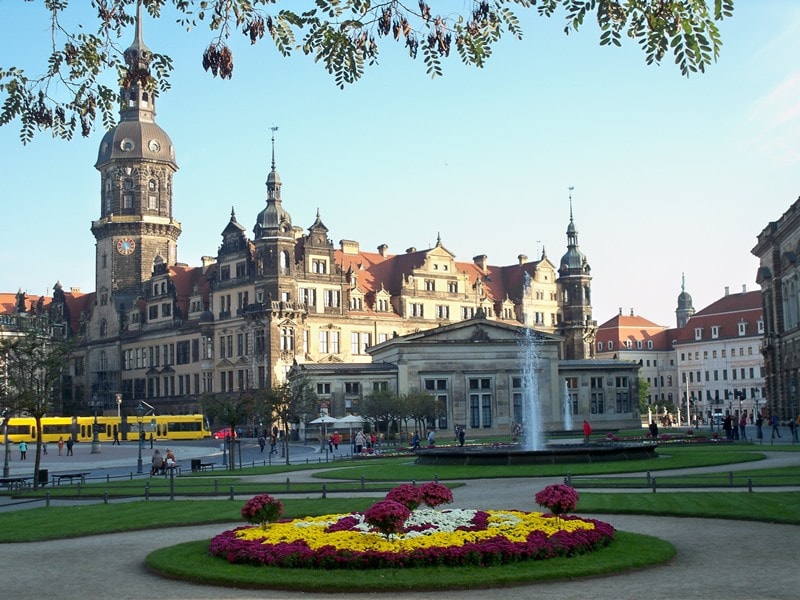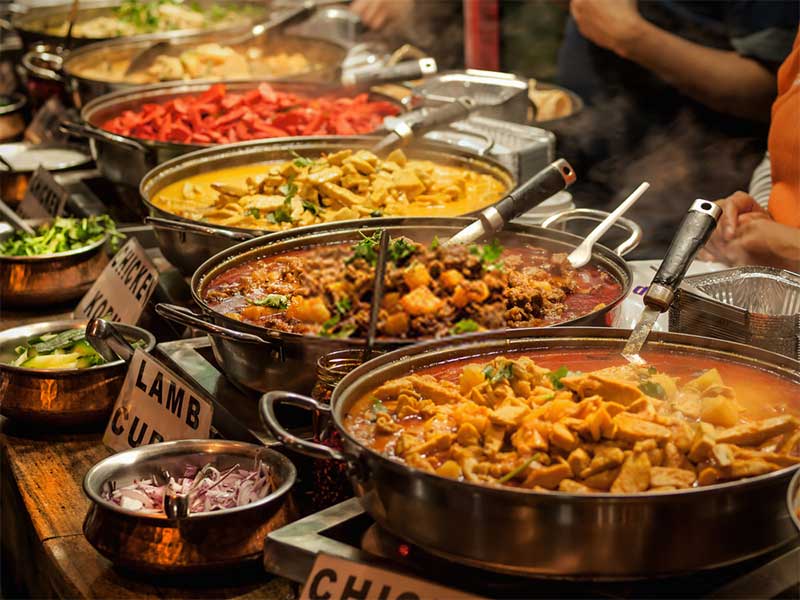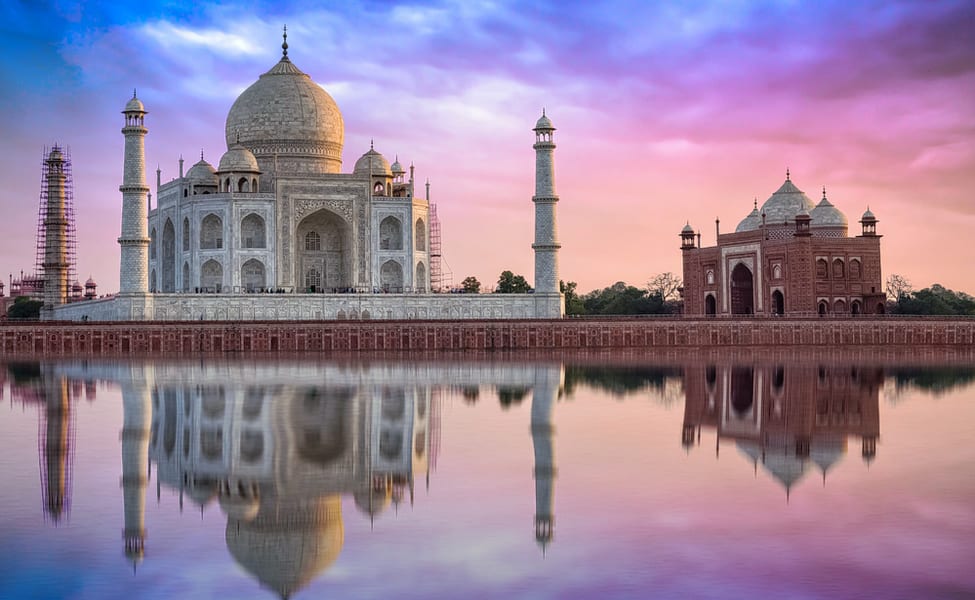
East Germany Tour: Exploring the Rich History and Beautiful Landscapes
Are you an avid traveler with a passion for discovering hidden gems and immersing yourself in rich history? If so, an East Germany tour should be at the top of your travel bucket list. From captivating historical landmarks to breathtaking landscapes, East Germany offers a unique and unforgettable experience. In this article, we will take you on a virtual journey through East Germany, highlighting its key attractions, cultural heritage, and the best ways to make the most of your visit.
1. Unveiling the Charms of East Germany
East Germany, also known as the German Democratic Republic (GDR), was a vibrant region before the reunification of Germany in 1990. Today, it stands as a testament to the resilience and transformation of a nation. With its rich history, architectural marvels, and picturesque landscapes, East Germany offers a captivating blend of cultural heritage and natural beauty.
2. Exploring Berlin: A Gateway to East Germany
As the capital city of Germany, Berlin serves as the perfect starting point for your East Germany tour. This dynamic metropolis effortlessly combines a cosmopolitan atmosphere with remnants of its divided past. Visit the iconic Brandenburg Gate, Checkpoint Charlie, and the Berlin Wall Memorial to gain insight into the city’s tumultuous history. Don’t miss out on exploring Museum Island, a UNESCO World Heritage site, which is home to five world-class museums.
3. Dresden: A Baroque Masterpiece
Located on the banks of the Elbe River, Dresden is renowned for its stunning Baroque architecture. The city’s crown jewel is the Frauenkirche, a breathtaking church that was painstakingly reconstructed after being destroyed during World War II. Take a leisurely stroll along the historic streets of Altstadt (Old Town) and marvel at the grandeur of the Zwinger Palace and the Semper Opera House.
4. Leipzig: The City of Music and Culture
Leipzig, often referred to as the “City of Music,” boasts a rich musical heritage. It is where Johann Sebastian Bach composed his famous works, and it served as a hub for renowned composers like Richard Wagner and Felix Mendelssohn. Explore the St. Thomas Church, where Bach worked as a cantor, and attend a classical music concert at the Gewandhaus.
5. Potsdam: Palaces and Gardens Galore
Just a short distance from Berlin, Potsdam offers a delightful escape into a world of opulence and natural beauty. Visit Sanssouci Palace, the summer residence of Frederick the Great, and wander through its stunning gardens. Explore the whimsical architecture of the Dutch Quarter and take a relaxing boat ride on the tranquil waters of the Havel River.
6. Erfurt: A Medieval Gem
Step back in time as you explore Erfurt, a city characterized by its well-preserved medieval architecture. Visit the impressive Erfurt Cathedral, stroll along the charming Merchants’ Bridge, and discover the historic Krämerbrücke, a bridge lined with half-timbered houses. Immerse yourself in the city’s rich religious history by exploring its many churches and monasteries.
7. Weimar: The Birthplace of German Classicism
Weimar holds a special place in German cultural history, being the birthplace of the German Enlightenment and the literary movement known as German Classicism. Visit the homes of renowned poets Johann Wolfgang von Goethe and Friedrich Schiller, and explore the UNESCO-listed Bauhaus Museum, which showcases the influential Bauhaus design movement.
8. The Harz Mountains: Nature’s Playground
For nature enthusiasts, a visit to the Harz Mountains is a must. This picturesque mountain range offers a wealth of outdoor activities, including hiking, skiing, and mountain biking. Ride the historic Brocken Railway to the summit of Brocken Mountain, the highest peak in the Harz region, and enjoy panoramic views of the surrounding landscapes.
9. Rugen Island: Beaches and White Cliffs
Situated on the Baltic Sea, Rugen Island captivates visitors with its stunning coastline and unique natural formations. Explore the Jasmund National Park and witness the majestic white chalk cliffs of Königsstuhl. Relax on the sandy beaches of Binz and enjoy the charming seaside atmosphere of this idyllic island.
10. Saxony Switzerland National Park: A Paradise for Outdoor Enthusiasts
Located on the border between Germany and the Czech Republic, Saxony Switzerland National Park offers a paradise for outdoor enthusiasts. Embark on a hiking adventure through its rugged landscapes, marvel at the striking sandstone formations, and discover hidden gems such as the Bastei Bridge, which offers breathtaking views of the Elbe River.
11. The Thuringian Forest: A Majestic Natural Retreat
Escape into the tranquil beauty of the Thuringian Forest, a pristine wilderness that spans across central Germany. Explore its dense forests, picturesque valleys, and charming villages. Visit the famous Wartburg Castle, a UNESCO World Heritage site, where Martin Luther translated the New Testament into German.
12. Gedenkstätte Hohenschönhausen: Witnessing East Germany’s Dark Past
Gain a deeper understanding of East Germany’s history by visiting the Gedenkstätte Hohenschönhausen, a former Stasi prison. Take a guided tour and listen to the stories of former inmates, shedding light on the oppressive regime of the GDR.
13. Taste of East German Cuisine: Culinary Delights
Indulge in the flavors of East German cuisine during your tour. Sample traditional dishes such as Sauerbraten (marinated pot roast), Thuringian Rostbratwurst (grilled sausage), and Quarkkeulchen (potato pancakes). Don’t forget to try the famous Rote Grütze, a delicious fruit dessert.
14. Shopping in East Germany: Authentic Souvenirs
Take home a piece of East Germany by exploring local markets and boutiques. Purchase traditional handicrafts, including hand-painted pottery from Meissen and intricate woodcarvings from the Ore Mountains. The iconic Ampelmännchen, the traffic light figure from East Germany, also makes for a unique souvenir.
15. Tips for a Memorable East Germany Tour
To make the most of your East Germany tour, consider the following tips:
- Plan Sufficient Time: East Germany offers a plethora of attractions, so allocate ample time to explore each destination fully.
- Use Public Transportation: Germany has an efficient public transportation system. Utilize trains and buses to navigate between cities and minimize travel hassle.
- Learn Basic German Phrases: While many locals speak English, knowing a few basic German phrases will enhance your interactions and show respect for the local culture.
- Dress Appropriately: Pack comfortable walking shoes and dress in layers to accommodate changing weather conditions.
- Respect Historical Sites: When visiting historical sites, follow the rules and guidelines, and show respect for the solemnity of the locations.
- Try Local Specialties: Venture beyond familiar cuisines and indulge in regional specialties to savor the authentic flavors of East Germany.
- Stay Connected: Purchase a local SIM card or ensure you have access to reliable internet connectivity to stay connected and navigate your way easily.
- Capture Memories: Bring a camera or smartphone to capture the stunning landscapes, historic architecture, and memorable moments during your trip.
- Check Local Events: Research local festivals and events taking place during your visit to immerse yourself in the vibrant cultural scene of East Germany.
Stay Overnight in Unique Accommodations: Consider staying in a castle, a historic inn, or a cozy guesthouse to add a touch of charm to your East Germany experience. An East Germany tour promises an enriching journey through history, culture, and natural beauty. From the vibrant streets of Berlin to the picturesque landscapes of the Harz Mountains, each destination has its own unique charm to offer. Immerse yourself in the stories of the past, indulge in regional delicacies, and create memories that will last a lifetime. Explore the wonders of East Germany and embark on an adventure like no other.
Is it safe to visit East Germany?
East Germany, like the rest of Germany, is generally safe for travelers. However, it’s always advisable to take standard precautions, such as staying aware of your surroundings and keeping your belongings secure
What is the best time to visit East Germany?
The best time to visit East Germany is during the spring (April to June) and fall (September to October) seasons when the weather is mild, and tourist crowds are smaller.
Do I need a visa to visit East Germany?
East Germany is part of the Schengen Area, so if you are a citizen of a country that is exempt from Schengen visa requirements, you can visit East Germany without a visa for up to 90 days.
Can I visit East Germany if I don’t speak German?
While knowledge of German can be helpful, many people in East Germany, especially in tourist areas, can communicate in English.
Are credit cards widely accepted in East Germany?
Credit cards are generally accepted in larger establishments and tourist areas. However, it’s advisable to carry some cash for smaller businesses and local markets.





